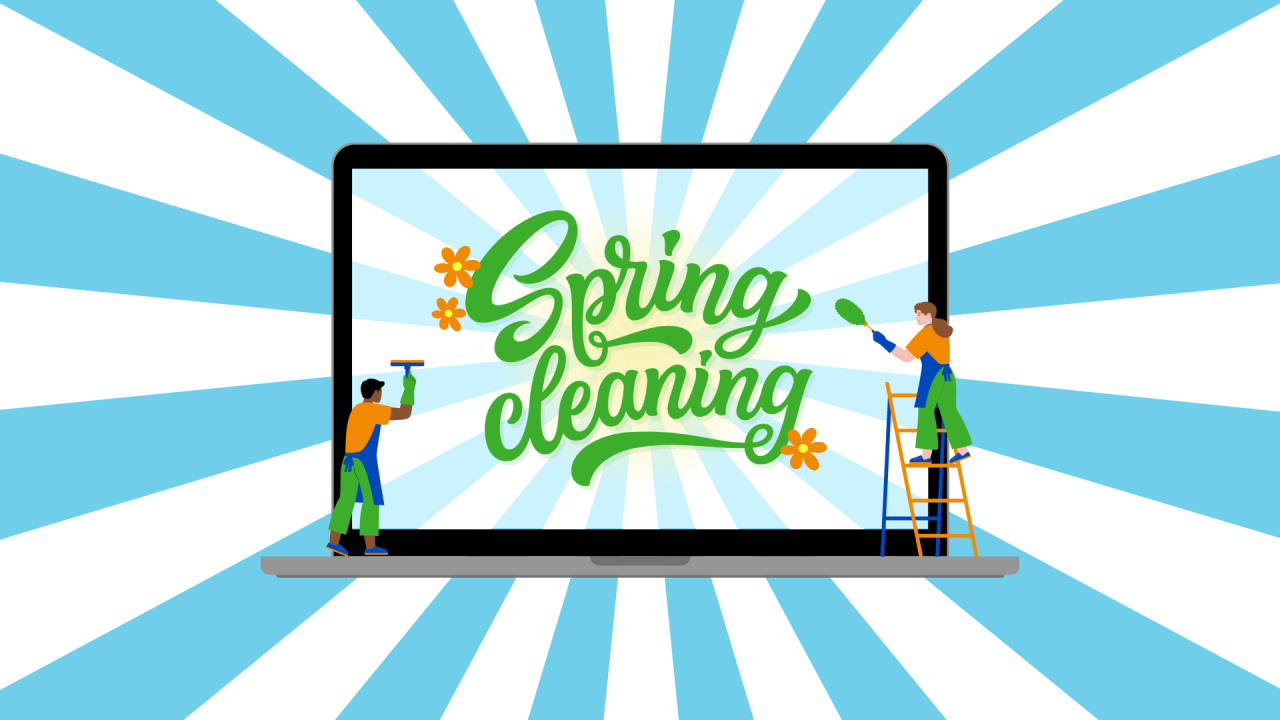
Add Securing Passwords to Your Spring Cleaning Routine
This spring, consider adding fortifying your passwords or passphrases to your regular digital spring-cleaning activities. They are your first line of defense against hackers and bad actors. As scams get more elaborate and higher educational institutions become a more frequent target, it’s important to take the following steps to protect your identity, finances, and university data.
Secure your password in 5 steps
- Take inventory of your passwords and passphrases and make sure you are using a different one for each account (university and personal accounts, such as social media, bank, streaming, etc.). If needed, follow these instructions to change your UC Davis passphrase.
- Use a long password (at least 16 characters), but easy for you to remember. The National Institute of Standards and Technology has determined a longer password is actually harder to crack than a complex one.
- Make your password random or use a memorable phrase. Avoid using letter and number sequences, names of children and pets, or other personal information.
- Enable multifactor authentication, like Duo, to add another layer of security to your accounts. Consider setting up fingerprint or facial recognition to log into your devices.
- Do you have trouble remembering your passwords? Use a password manager to generate, store, and protect your passwords. Though the university does not recommend any one solution for individual users, there are free options available. Campus departments may purchase a subscription for 1Password Password Manager.
Common password mistakes to avoid
- Do not display or keep your password in a place where others can find it.
- Do not share your passwords with anyone, even those you trust.
- Do not reuse the same password for multiple accounts.
- Do not submit your password in an email or text request. Phishing scams often attempt to obtain your password by appearing to be from a legitimate source.
Learn more
The following resources from UC Davis, CISA.gov, Yale, and more were consulted when compiling the guidance above. Click each link to learn more about creating strong passwords and following cybersecurity best practices.
- May Cybersecurity Awareness Tip: Make Secure Passwords Part of Your Spring Cleaning
- Clear Out Your Cyber Clutter With a Digital Spring Cleaning
- 4 New Password Best Practices You Can Implement Today
- Use Strong Passwords
- How to Protect Passphrases and Passwords
- What is Phishing
- Top 9 Cybersecurity Habits to Adopt Today
